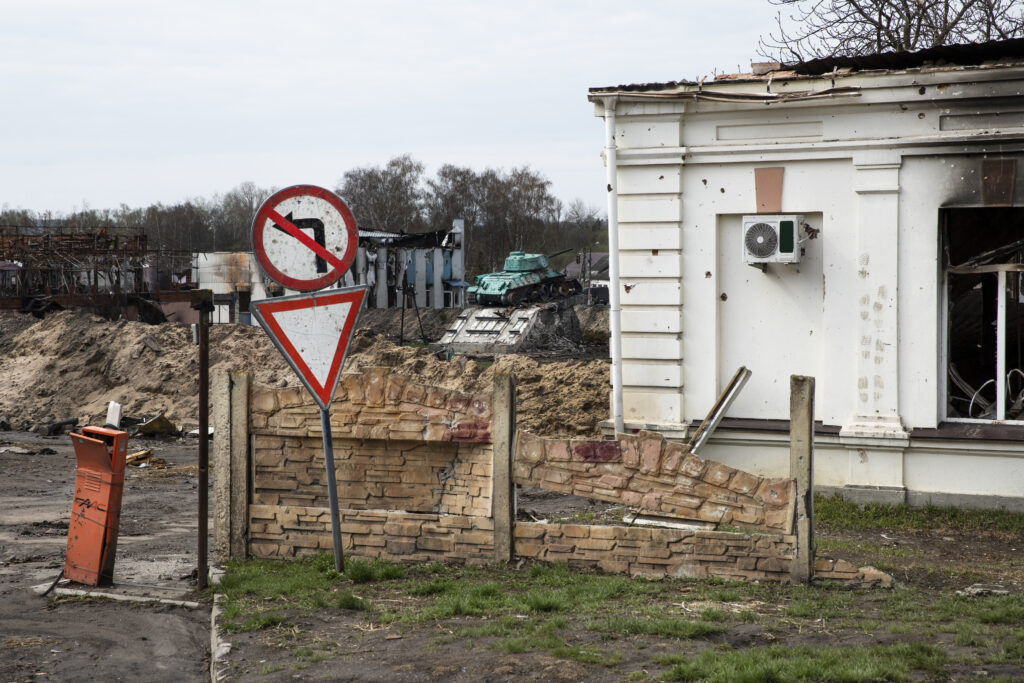Introduction
- Key Foundation Repair Warning Signs Every Homeowner Should Know
- 1. Cracks in Walls and Floors
- 2. Uneven or Sloping Floors
- 3. Sticking or Misaligned Doors and Windows
- 4. Spaces forming around window frames or exterior doors
- 5. Crumbling or Deteriorating Foundation Concrete
- 6. Water Pooling Around the Foundation
- 7. Cracks in Exterior Brick or Siding
- 8. Sagging or Shifting Crawl Spaces
- 9. Bowed or Leaning Walls
- 10. Increasing Gaps in Flooring or Between Walls and Ceiling
- Conclusion
Spotting foundation repair warning signs early can help prevent costly damage and ensure your home’s stability. Common home foundation issues, such as cracks in walls or uneven floors, can indicate underlying foundation problems that need attention. Recognizing these signs—whether it’s sticking doors, gaps around windows, or sagging crawl spaces—helps homeowners address issues before they worsen. In this guide, we’ll cover the top ten warning signs that may indicate your home needs foundation repair and explain why early intervention is key to protecting your property.
Key Foundation Repair Warning Signs Every Homeowner Should Know

Identifying early warning signs of foundation issues can help homeowners avoid expensive repairs and protect their home’s structural integrity over time. One of the first indicators of foundation trouble is the appearance of cracks in walls, particularly near doors and windows. While minor settling cracks are common, larger, stair-step cracks or horizontal cracks often signal serious foundation issues. Another common warning sign is sticking or misaligned doors and windows. As the foundation shifts, it distorts the frames, making doors and windows difficult to open or close smoothly. Addressing these signs promptly with a foundation specialist can prevent further damage and protect your home’s stability.
1. Cracks in Walls and Floors
Noticeable cracks in walls, floors, or ceilings are often among the first visible indicators of potential foundation issues. Small, hairline cracks are usually normal as a home settles, but larger, jagged cracks or those around door frames and windows could indicate a shifting foundation. Horizontal cracks, especially in the basement or foundation walls, are particularly concerning as they often suggest pressure against the foundation that needs immediate attention.
2. Uneven or Sloping Floors
If your floors are no longer level, this may be a warning sign of foundation damage. You might notice certain areas of the floor dipping or sloping, which could be subtle or quite pronounced. This unevenness can be caused by shifting soil beneath the foundation or structural damage within the foundation itself. To confirm this issue, you can use a level tool or even place a small ball on the floor to see if it rolls in one direction.
3. Sticking or Misaligned Doors and Windows
When doors and windows start to stick or become difficult to open and close, it’s often due to foundation movement. As the foundation shifts, it can distort the frames, causing alignment issues. You might notice gaps at the top or bottom of doors, or windows that appear crooked in their frames. While humidity changes can cause minor sticking, persistent misalignment could be a sign of a more serious foundation problem.
4. Spaces forming around window frames or exterior doors
If you notice gaps between the window or door frames and the surrounding walls, it could indicate a settling or shifting foundation. These gaps are often accompanied by drafts, as the separation allows air to enter the home. Gaps can also contribute to energy inefficiency, making it harder to maintain consistent indoor temperatures. Repairing these gaps without addressing the foundation issue may only lead to recurring problems.
5. Crumbling or Deteriorating Foundation Concrete
Inspecting the visible parts of your foundation can reveal signs of concrete deterioration. If you see crumbling, flaking, or cracking concrete, it may indicate that the foundation material is weakening. Over time, exposure to moisture, temperature changes, and soil pressure can cause concrete to break down, compromising the structural integrity of the foundation.
6. Water Pooling Around the Foundation
Excessive water pooling around your home after rain can be a major warning sign of foundation issues. Water that does not drain properly can seep into the soil around the foundation, causing it to expand and contract, which may lead to foundation movement over time. Installing proper drainage systems, such as downspout extensions or French drains, can help redirect water away from the foundation and reduce the risk of damage.
7. Cracks in Exterior Brick or Siding
Foundation issues can cause cracks in your home’s exterior, especially in brick walls or siding. Look for stair-step cracks in brick walls, as these are a common indicator of foundation settlement. If you have siding, check for signs of warping, bowing, or gaps. These exterior issues can not only affect your home’s appearance but also signal deeper structural concerns that need addressing.
8. Sagging or Shifting Crawl Spaces
Homes with crawl spaces can experience sagging or shifting floors when there are foundation problems. A damaged foundation can lead to gaps or uneven floors above the crawl space. Inspect your crawl space regularly for signs of moisture buildup, soil movement, or damaged support beams. These issues may indicate foundation damage that needs professional assessment and repair.
9. Bowed or Leaning Walls
Bowing or leaning walls, particularly in basements, are a red flag for foundation problems. Soil pressure pushing against the foundation can cause basement walls to lean inward or bulge, compromising the stability of the entire structure. This can be especially dangerous in high-rainfall areas where the soil is frequently saturated and exerts more pressure on the walls. If you notice bowing walls, it’s essential to consult a foundation repair specialist immediately.
10. Increasing Gaps in Flooring or Between Walls and Ceiling
Noticeable gaps forming between floors and walls or between walls and the ceiling could indicate foundation settlement. As the foundation moves, it can cause the structure above it to shift, resulting in separations at key structural points. These gaps may start small but can grow over time, potentially leading to structural instability if left unaddressed. Large, noticeable gaps are a sign that immediate action may be necessary.
Conclusion
Foundation issues can compromise your home’s safety, comfort, and value, so it’s crucial to identify warning signs early. From cracks in walls and floors to sticking doors and pooling water, these symptoms indicate a need for foundation repair. By being proactive and addressing these issues promptly, homeowners can avoid costly repairs and ensure their home remains a safe and stable environment. Regularly inspect your home for these common warning signs, and don’t hesitate to seek professional help if you suspect foundation damage. With timely intervention, you can protect your home and extend its lifespan for years to come.














